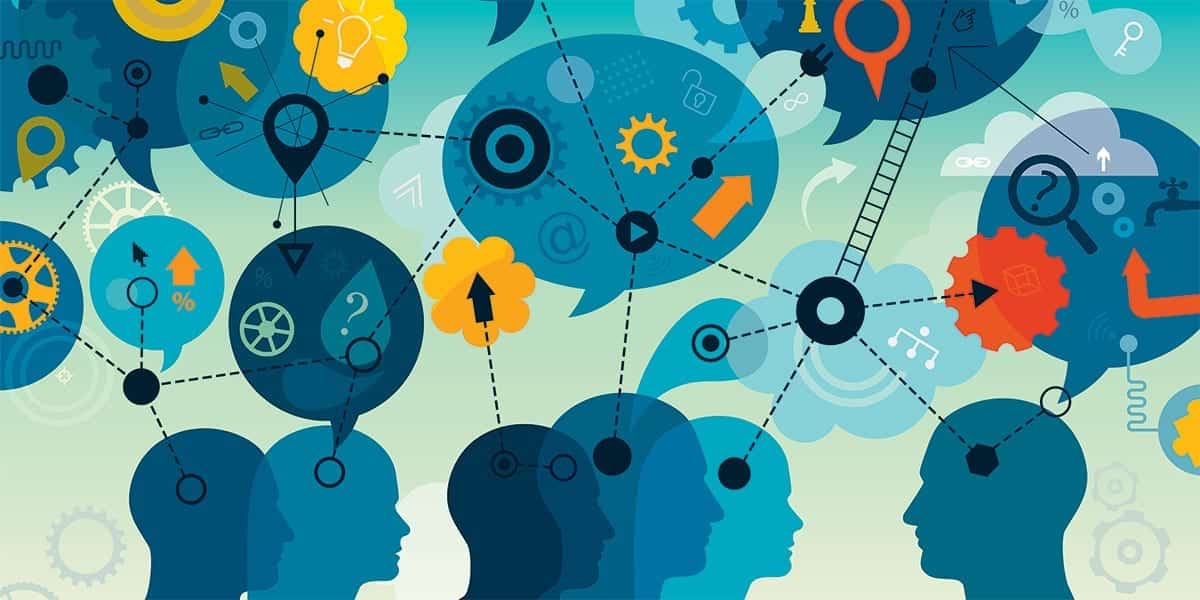by Mike Fitzgerald
“Whether you think you can, or you think you can’t—you’re right.” -Henry Ford
The workforce is not just the foundation of the economy. It is the means by which we exercise our creative spirit, provide our livelihoods, and how we each contribute to the whole.
I could end it there — but while unemployment is historically low (a good thing), many jobs remain unfilled. In March of this year, for the first time, the number of open jobs in Colorado eclipsed the number of people unemployed. Somewhere, there is a disconnect.
While companies in Denver South struggle to find enough workers in fields like software development, nursing and sales, good jobs are not being filled. Why? Because in many cases too many aspiring workers haven’t been prepared with the right skills to match the opportunities of the emerging economy.
An example is manufacturing, one of America’s largest and most-important industries, which accounted for over $6 trillion in gross output last year, according to the Bureau of Economic Analysis.
According to almost every analysis, even with automation there will be millions of unfilled manufacturing jobs in the next 10 years. Which means there are millions of people who want to work, but won’t have the right skill set for a job they would love to have.
The potential of the workforce is the potential of the economy
The economy can be as big, bold and innovative as we want it to be.
But as Thomas Frey, the renowned futurist from IBM now head of the DaVinci Institute, puts it: “the demands of today’s emerging tech environment are forcing business and industries to shift into an entirely new gear.” The rapid acceleration of change is here now.
For businesses and companies struggling to find the right workers, for those who want to see America become the most innovative country in the world and for people who can’t find a good job but want to contribute, the potential is real. If we can come together and give the workforce more help in the right direction. Whether shifting job pathways or retraining workers to get into higher-paying jobs, there’s much that can be done.
Rethinking how to develop the skilled workforce for the future
Today’s economy can seem overwhelming, a time when disruption has become a common reality in many organizations globally. Emerging technology is creating a fundamental shift in the process of production of nearly everything every where.
The global economy has reached a point where the horizon begins to get clearer for the next 20 to 30 years in terms of the technologies and workforce opportunities that are shaping the future economy and creating satisfying jobs and career opportunities.
There are a few key things to be done to prepare the workforce now to ensure more engaged workers, all contributing to the economy, society and culture, in the coming decades:
Create new models of public education which embrace disruption
Disruption is the new reality. More educational institutions, traditionally risk averse and slow to change, now are adopting models which allow for new programs and actively working with business leaders to understand and anticipate the needs of the current and future job market.
Provide real-world experience for workers
Companies like Apple and Google now give equal weight to those with actual work experience as those with advanced degrees. In fields that do not require degrees to participate, but need some kind of training, potential workers can start learning real-world skills with excellent companies small and large, and end up with a good job right after graduating high-school. This can come in the form of internships, apprenticeship programs in schools, private enterprise and directly in private companies.
Assist in matching workers to skills and jobs that are a natural fit
Together, the public and private sectors must help close the skills gap across many industries. Right here in Centennial there are 3,952 nursing jobs posted every month, but only 1,400 jobs filled. Yet there might be hundreds of people out there with other degrees who would have made excellent nurses or other healthcare positions. Education, private enterprise and some local governments are creating programs that help to test people’s natural aptitude, and help provide pathways to finding jobs that match their natural skills.
How the workforce boosts the economy
We all have a collective incentive to diversify and strengthen the workforce: it is not just the essential driver of economic growth. The workforce is the foundation of almost every community and culture on earth.
Living-wage jobs allow people to spend more money in the community, enabling small businesses and creating space for cottage industries to thrive. When people feel valued, when they feel like they are contributing, they are more likely to continue participating and some will start new businesses, accelerating the cycle of innovation.
Growing and upgrading the workforce strengthens and diversifies the tax base. This gives communities the means to fund schools, repair roads and pay firefighters, police officers and teachers. The larger and more diverse the workforce is, the larger the tax base contributing money back into the community, and the more sustainable the community becomes as a whole, benefitting everyone.
This dynamic creates a virtual “dream-machine”: when the economy is working well, businesses are profitable and creating living-wage jobs and diversifying the tax base for the public sectors, creating new opportunities for new dreams to be created.
The Denver South Region is dedicated to assist this dynamic cycle
Denver South is putting the capacity in place to energize the workforce and ensure we can meet the economic challenges of the future.
With the help of Arapahoe/Douglas Works! (ADW), and several schools and colleges the gap is closing between the needs of the labor market and the skills of the workforce. ADW offers several programs, one of which is aimed specifically at age 50 and older — a segment of job seekers who may have lost their jobs and find themselves without the right skills in today’s market.
ADW’s “Generations at Work” program helps eager individuals find areas where they are naturally talented. They also provide job training, assistance with practical things like updating resumes, and working directly with job providers to match newly trained workers with industries seeking employees.
ADW has been so successful that many companies now go directly to ADW for candidates anytime they have a job opening. And it works out well for those who go through the programs too: Job seekers who utilized ADW’s services make an average of $12,000 to $14,000 more income per year than those who don’t use their training and job search assistance.
There’s also a renaissance in internships and apprenticeships as a form of job training and pathway to employment. The Parker Chamber of Commerce has developed an internship program that helps to find internships for high school and college students that places them in meaningful roles. This gives young people a chance to contribute to the companies they work with, and learn new skills that themselves and contribute to the economy overall.
This allows them to learn about work ethic, find mentors and confidants that can help to mentor them into becoming productive, innovative members of the workforce.
The workforce determines our future
Suggested Reading:
It is doubtful that human potential has been reached — anywhere. There is the ability to create a meaningful roles in the workforce for everyone who wants it.If we can do that not only will our economy continue to be innovative and productive in the future, but the biggest benefit may be a more civil, safe, participatory society. .
The caliber of the workforce in every age has determined the innovation, strength and value of that age. In the 21st century, America can continue to be the most innovative, productive countries in the global community, if we invest in energizing, educating, encouraging and supporting the workforce – creating and finding satisfying jobs for all who want and need one.


